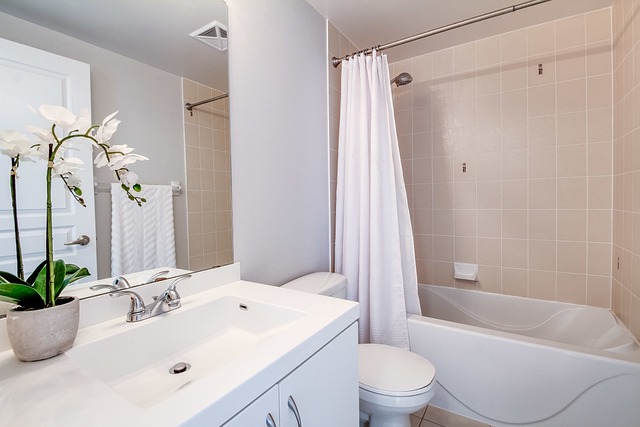When it comes to home inspections, one of the most overlooked yet critical components is the bathroom ventilation system. Proper bathroom ventilation is essential for maintaining indoor air quality, preventing mold growth, and preserving the structural integrity of your home. This guide will delve into everything you need to know about bathroom vents and fans, highlighting their importance, types, installation tips, and common issues to look out for during a home inspection.
Why Bathroom Ventilation Matters
Bathroom ventilation is required as a means to manage moisture buildup and prevent mold and decay. Some signs of improper ventilation include;
- moisture stains
- Metal corrosion
- Visible mold
- Peeling paint or wallpaper
- Condensation or frost on windows
- High humidity and poor air quality
Types of Bathroom Ventilation Systems
There are two main types of bathroom ventilation systems: exhaust fans and vent fans. Both serve the purpose of removing moisture and odors, but they operate differently.
Exhaust Fans
Exhaust fans are designed to expel air from the bathroom to the outside. They are the most common type of bathroom ventilation and come in various styles and sizes to suit different needs.
- Ceiling-Mounted Fans: These are the most typical and are installed directly in the ceiling.
- Wall-Mounted Fans: Ideal for bathrooms where ceiling installation is impractical.
- Inline Fans: Installed in the ductwork, these are perfect for larger bathrooms or those with complex layouts.
Vent Fans
Vent fans, or ventilation fans, are part of a broader system that not only removes air from the bathroom but also brings in fresh air from the outside, ensuring a continuous circulation of air.
Installation Tips
Proper installation is crucial for the effectiveness of bathroom fans. Here are some key points to consider:
- Correct Sizing: The fan should be appropriately sized for the bathroom. A general rule is that a fan should move 1 cubic foot of air per minute (CFM) per square foot of bathroom area.
- Ducting: Use smooth, short, and straight ducts to reduce resistance and increase airflow. Insulate the ducts to prevent condensation.
- Vent to the Outside: The vent duct must terminate to the outdoors. Vent ducts that terminate into the attic or insulation is a defect. At the termination of the duct there should be a screen to prevent animal or insect entry. In colder climates the duct must be insulated. If the duct is protruding from the roof, a termination cap to protect from the elements and must protrude at lease several inches from the roof.
- Placement: Install the fan near the shower or tub for maximum efficiency in removing moisture.
By understanding the importance of bathroom ventilation and knowing what to look for, you can provide valuable insights and recommendations to homeowners, ensuring their bathrooms remain fresh, dry, and mold-free. Keep these tips in mind during your next home inspection to ensure every aspect of the bathroom’s ventilation system is in top-notch condition.

